It therefore becomes a matter of storytelling rather than recollection when we recount the experiences that purportedly make us who and what we (fallaciously) presume to be, but also a fun imaginative exercise I draw powerful distinction between the people I used to be and the person sitting here formulating this self-autopsy. A synthetic structure, perhaps, but not one without purpose or merit: one might argue that any and all structures which relate to our states of mind and self-perception are necessarily synthetic, that we can, with little in the way of insight and introspection, break down the cathedrals and museums of assumption and imposition that we call “self” and build something else out of the rubble. For myself, the structure in question is far more fluid and fractured in nature; not so much a palace or cathedral as a storm, a post-apocalyptic desert, a turbulent ocean. What it allows for is a degree of critical separation from the ghosts in memory; the myriad children and adolescents, the younger men that walked with similar faces, the same name, but are long dead, now, sometimes laid down of their own accord; sad souls and suicides, sometimes necessarily euthenised or murdered, but all done with the world, save in terms of whatever echoes or ripples they left behind. This is true to me on a number of levels; not merely the abstract, allowing me to view those individuals; their beliefs, thoughts, actions, attitudes, with a degree of surgical dispassion, and thereby learn from them without the weight or obfuscation of sentiment and nostalgia blurring their import, but also on a physical level, the cells that once constituted them long dead, reduced to less than dust. To my mind, the delusion of continuum under which most of us endure is exactly that: a delusion, and a harmful one at that, trapping us in adolescent and infantile states, enslaving us to shames and mistakes and cruelties that were not ours, but the work of people who no longer exist in any meaningful way. Regarding who we were in such a manner has helped me to evolve; to remove myself from old anxieities and neuroses (though their after-echoes do still find me, on occasion), to build a particular mythology of self; one that is highly personal, not religious or enshrined, but that operates with reference to an idiosyncratic dynamic and set of influences, with little application for anyone save myself, being, as it is, a product of my own experience of consciousness. As a result of that state and structure, I find myself returning consistently to the ghosts of earlier selves, particularly my child and adolescent incarnations (at least, the distortions and exaggerations of them that linger in memory), examining what influences they experienced; what might have possibly informed the incarnations and states of mind that came after. And make no mistake; no matter how clear or detailed said manifestations seem to be, they are more matters of imagination than of memory: make a cursory examination of any random selection of studies into the state and function of memory, and you will find that it is a terrible medium when it comes to recording specific details; that even immediate or particularly significant memories are embellished and re-written and exaggerated retrospectively, with reference to factors such as self-idealisation (who we wish to be, how we would like to perceive ourselves), bias, tribal and ideological affiliations etc. The ghosts we conjure, that we call our dead selves, are more djinn or fairy like than most of us are willing to acknowledge or even consider; more matters of fantasy and imagination than accurate record. In that, we are our own creations; imaginary and mythic characters that we evoke -consciously or otherwise- in order to sustain some story of who we are, what we'd like to be. We can be our own ideals as much as we can be our own monsters, that realisation as liberating as it is terrifying. Casting my internal eye back, across the patchwork dreamscapes of memory, I find states and places that insist on themselves as actual intermingling with those that are clearly imagined and fantastical, both as richly detailed and sensory as one another, both states in which my long dead, dreaming selves operated, where their shades and echoes can still be found. Memory and imagination -both components of the same circuit- conspire powerfully to evoke senses of place for me; psychological landscapes in which I can conjure textural and sensory details such as the feeling of old clothes chafing, sweat on my face, soil between my fingers, wet grass under my feet...all so vivid, so real... All fantasy, all stories, no matter how enduring or significant such details seem to be. A derivative of the same pheneomena that makes us cling to childhood memories so intently, conjuring days in which the Summer sun seemed brighter than it could ever possibly be, when colour was more vivid, smells more intense, pleasure less ambiguous and so on and so forth. Edenic myths, gardens we never walked, save in dreams that insist on themselves. If we could somehow contrive to operate in the original situations again, to view them outside of our -apparently- recollected selves, we would find the reality to be very different from what memory paints; circumstances no more or less remarkable than any other, the qualities that make them especial contrived and distorted and embellished rather than actual or innate. It therefore becomes a matter of storytelling rather than recollection when we recount the experiences that purportedly make us who and what we (fallaciously) presume to be, but also a fun imaginative exercise: A place that has particular associations in my (for want of a better) “memory” has the quality of Aladdin's cave to the ghostly, child self that wanders there: a darkened room on the upper floor of a local shop, reached by a set of narrow stairs that wind perilously up through the building. Darkened, no windows, its walls, floor and ceiling black, pelted with something not unlike the fuzzy, itching carpet one sometimes finds in cars, what illumination it boasts consisting of purple hallogen strip-lights, casting a hazy, head-ache-inducing murk throughout. I recall (RE: “imagine”) strange angles, the room not square or rectangular, but receding to odd points and vectors, one corner ridiculously narrow whereas others bloomed wide open (a definite delusion, the shop's upper floor consisting of perfectly symmetrical spaces of banal structure and dimension, as I have learned since), the back of the room seeming to recede into the distance at times, the space between it and the counter varying, depending on the child's state of mind when it wanders there. Throughout the space, raised shelves, oddly shaped and proportioned (almost coffin-like, though what manner of corpse they might contain, I wouldn't like to conjecture), lined with every species and genre of VHS casette one could imagine (the walls similarly decorated). Back in those days (circa: late 1980s, early 1990s), VHS boxes tended to boast highly evocative cover art rather than simple stills from the films they contained. A regular weekend jaunt with my Mother and Brother, we would spend many hours wandering that murky, oddly lit, bizarrely dimensioned space of a Saturday morning, enraptured by the images on every cover, particularly those in the science fiction and horror sections, which both of us had already established healthy obsessions with (inherited from our Mother, who remains a devoted horror fanatic to this day). Walking there now, in the labyrinth of my own delusions, riding in the skull of that dead child like some form of time-warping parasite, I can almost smell the place; an odd, synthetic perfume of plastic and o-zone, intermingled with the likely-not-tobacco the young, Indian guy behind the counter smokes. I get lost amongst the aisles, wandering into sections I probably shouldn't, entranced by the gruesome carnivalia on horror film VHS covers (I distinctly recall the image of Kiefer Sutherland on the cover of the Lost Boys VHS, with what looks to be a smouldering hole in the centre of his forehead, the image taking on almost spiritual significance for many of my dead selves in the years following, the grotesque, green-fleshed ghoul from the cover of The Evil Dead, glaring with its empty eyes, reaching out towards the observer...the gaseous cloud forming a fanged, vampiric face of Fright Night, the stylised skull of The Evil Dead 2). The child more agitated, more aroused by those images than any of the cartoon characters adorning ostensibly more age-appropriate fare, allowed to select a single example to rent for later viewing. An agony of choice, the boy's brain and bowels seeming to knot together as he scans the covers, reads the blurbs on the back of each box obsessively, not even knowing what he's looking for, beyond that x-factor; that certain something that buries its barbs in his imagination and floods him with venomous ecstasy... It was thanks to this ritual that he first absorbed so much of the work that would infest and inform the state of his imagnation, that, paradoxically, now feeds back from this point in time to influence his own condition, warping the “memory” that is his remaining state of existence, the only playground he has left, altering and transforming him and the place itself in a manner not a million miles away from the various liminal entities; the possessed boys and girls, the mutilated and infected and experimented on wretches in the films he examines and aches to consume: Hellraiser 2: Hellbound, The Terminator, Predator, The Lost Boys, Critters, Child's Play, Beetlejuice, Robocop, The Evil Dead, Halloween, The Fog, IT, The Shining, The Amittyville Horror, Poltergeist and its sequels...so, so many that are practically indiscernible from any actual circumstances and experiences the child encountered, whetting an appetite for the lurid, the macabre; the obscene and the disturbing, that would not only sustain, but swell with every passing year, with each new image and concept. That place...a Dario Argento scene, with its strange, ephemeral images, its distorted dimensions, its architecture that makes no logical sense to the ghost child's distorted perceptions...a sacred arena, a temple in memory and imagination, that sustains precisely because it was a place where imagination was fed and informed, where the excess of riches on display often bewildered and left breathless, where choice seemed impossible and lingering a joy. A place that no longer exists, in any physical sense; the reality long since destroyed, along with the redundant medium it was constructed to celebrate. Now, the only place it exists is in the abstract arena of memory, the playgrounds of imagination; a place where the ghost child, its shades and siblings, can walk as and when they wish, which can be altered or re-written as and how they see fit, and no doubt will be even more than it already has in years to come. That will recur and express itself in stories, in mediums such as this, where the recollection of it seems so viscerally acute, the sensations and ethos it evoked so intense, I could close my eyes and wake there, no longer merely an abstract parasite in the brain of a dead child, but something other; a ghost in my own past, my own dreams, happy to experience those distortions again and again. 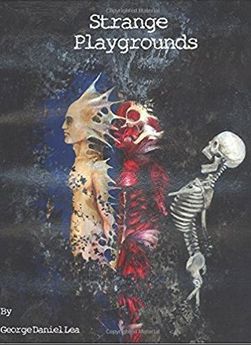 A vile waking... There are places we walk; cold and dusk-lit; places where the wind whispers, carrying echoes of forgotten games. ...a storm of sadism, more loving than any embrace or caress he'd ever known... There are places where we are naked; where the grass and weeds rasp across bleeding wounds, exposed nerves, their dew glistening red. ...we are all sick; some are simply sicker than most... Places where the silence cannot be broken, its insect chatter fraying thought, fracturing sanity. ...shadows swarming around their intertwined bodies, whispering, congealing... These are the Strange Playgrounds; places where we meet our murdered or abandoned selves, and join their desperate games. Come and play awhile.
0 Comments
|
Archives
April 2023
|


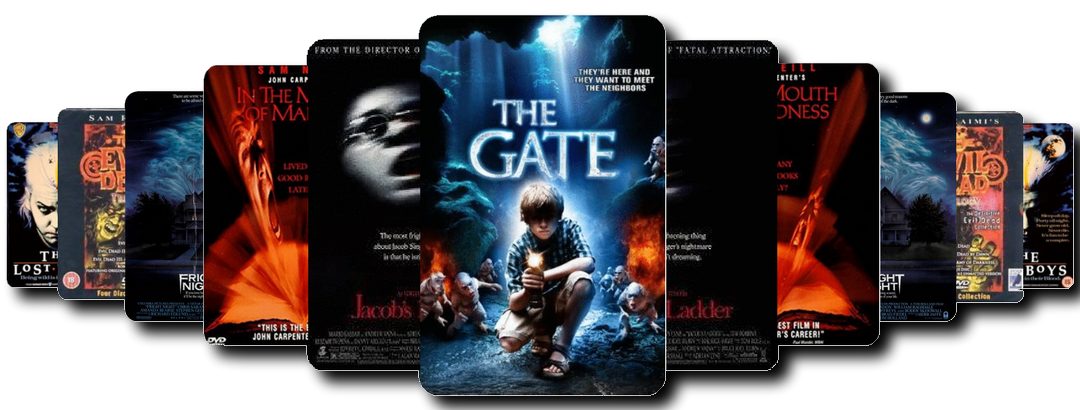
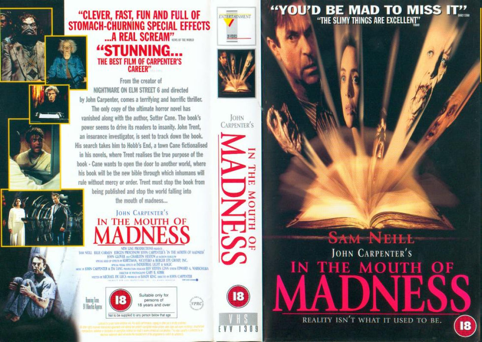
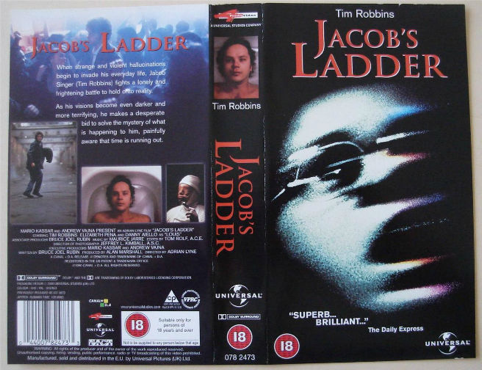
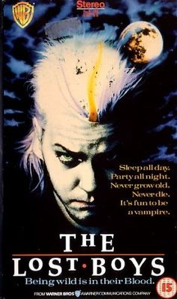

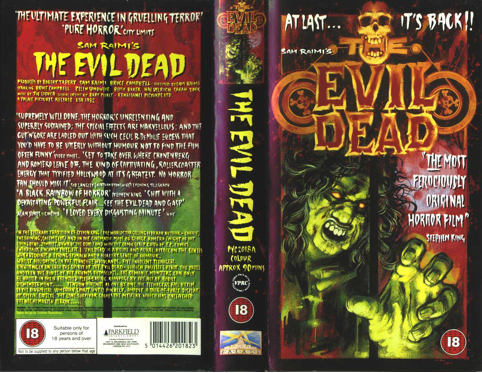
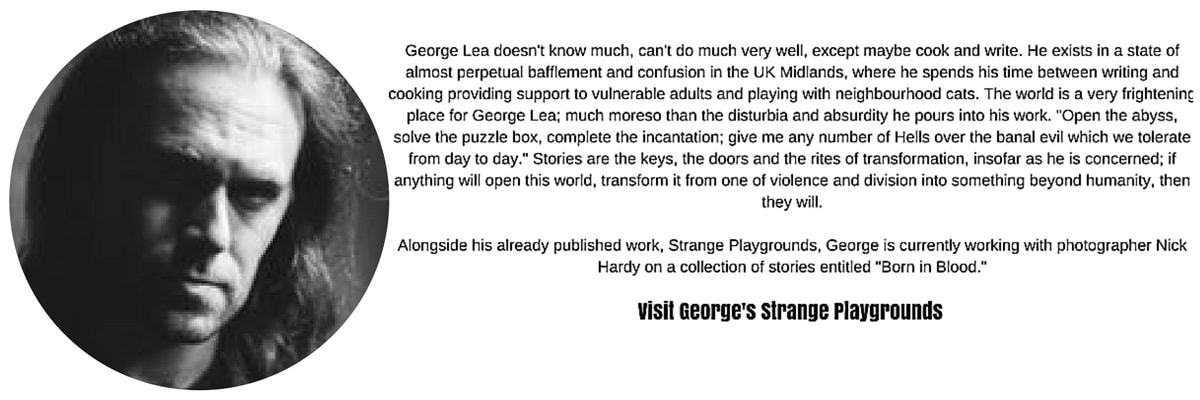
 RSS Feed
RSS Feed

